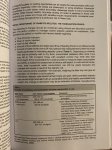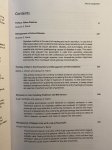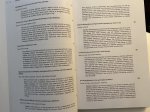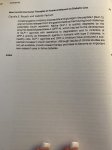@MinnerPip, I've been looking around, and I notice that a new 2023 issue of this journal focused on Diabetes Millitus in Cats and Dogs was released. Here is the link:
https://www.vetsmall.theclinics.com/issue/S0195-5616(23)X0003-5. It looks like the subscription is $411, and that gives access to the printed as well as the online versions (for one year). I'm going to check with my vet to see if they have a subscription, and maybe he will let me read his copy (probably not, but it can't hurt to ask). I notice in the preface to the volume, which is free, Dr. Gilor writes this:
"If we could have three wishes for the management of diabetes in dogs and cats, they would probably be these:
1.That diabetes mellitus be viewed not as two specific diseases, type 1 and type 2, but as a syndrome of glucose dysregulation of myriad causes and mechanisms.
2. That the frustrations suffered by veterinarians and their clients over the treatment of diabetes in animals be quelled by understanding of the pathophysiologic basis of modern insulin therapy, and by setting clear and reasonable expectations for treatment outcomes.
3. That traditional blood glucose curves, misleading as they are when performed by intermittent sampling of blood glucose throughout the day, would cease to exist." (here is the link to the Preface:
https://www.vetsmall.theclinics.com/article/S0195-5616(23)00039-6/fulltext)
That last point is certainly intriguing to me, and I would like to hear their explanation about wishing glucose curves to "cease to exist."
Also, and this is only tangentially related: I'm intrigued in this volume for a number of reasons, of course, but one of which is that this volume is edited by Dr. Chen Gilor, who teaches and practices at the University of Florida in Gainesville, and is a renowned feline diabetes expert. We are located about four hours from Gainesville, and have taken our previous cats there for treatment in the past (one cat had an unusual heart problem and received two (human) pacemakers there (when the battery ran down, we had to replace the first one), which kept him alive until he was about 20). My brother has tried to encourage me to take Jude to see Dr. Gilor, but I've been resistant to do so because I don't think Jude's diabetes is all that unusual, and I can't imagine that Dr. Gilor is going to tell us anything more than what my local vet or this group is telling me (perhaps I'm wrong about that).











 I hope not. I think it would be great to talk to him about Minner. Please let me know if you do it.
I hope not. I think it would be great to talk to him about Minner. Please let me know if you do it.